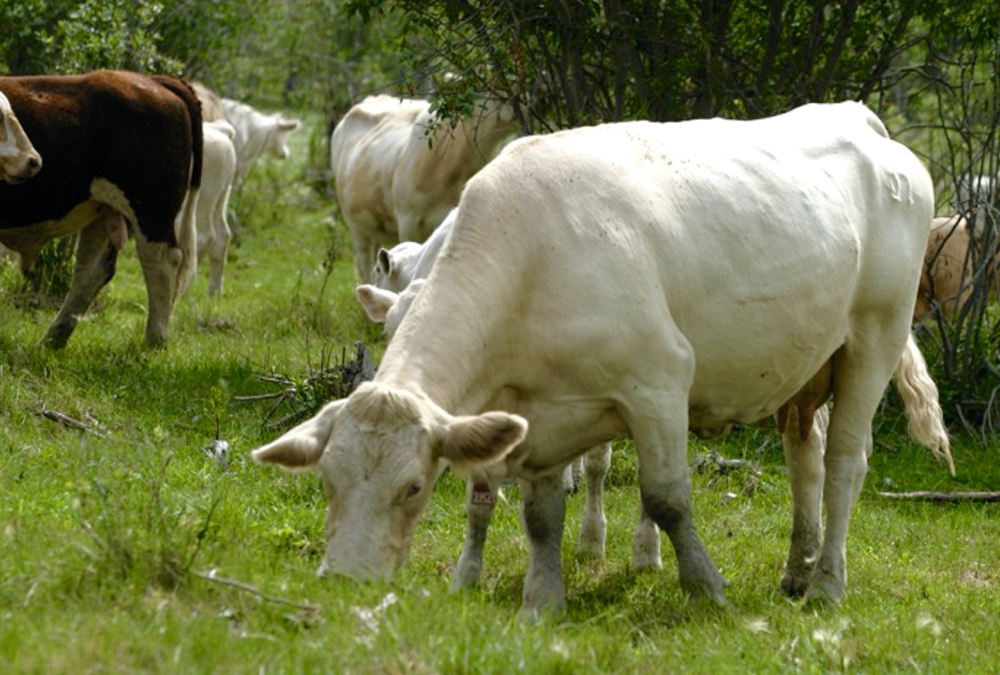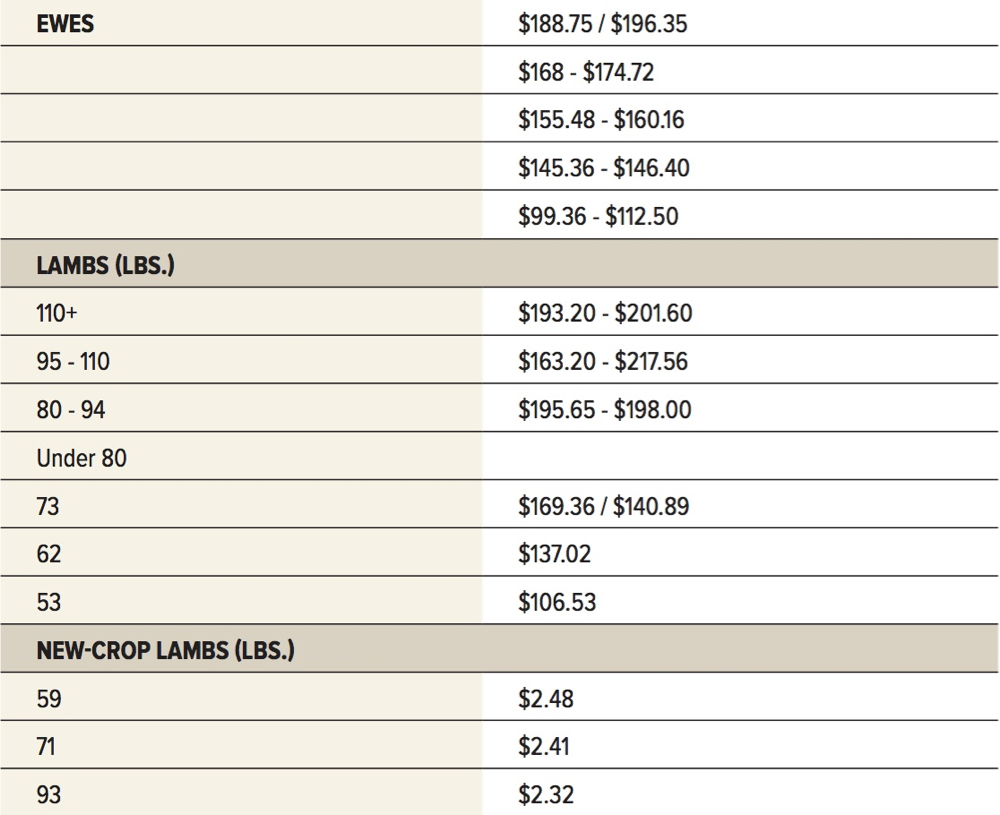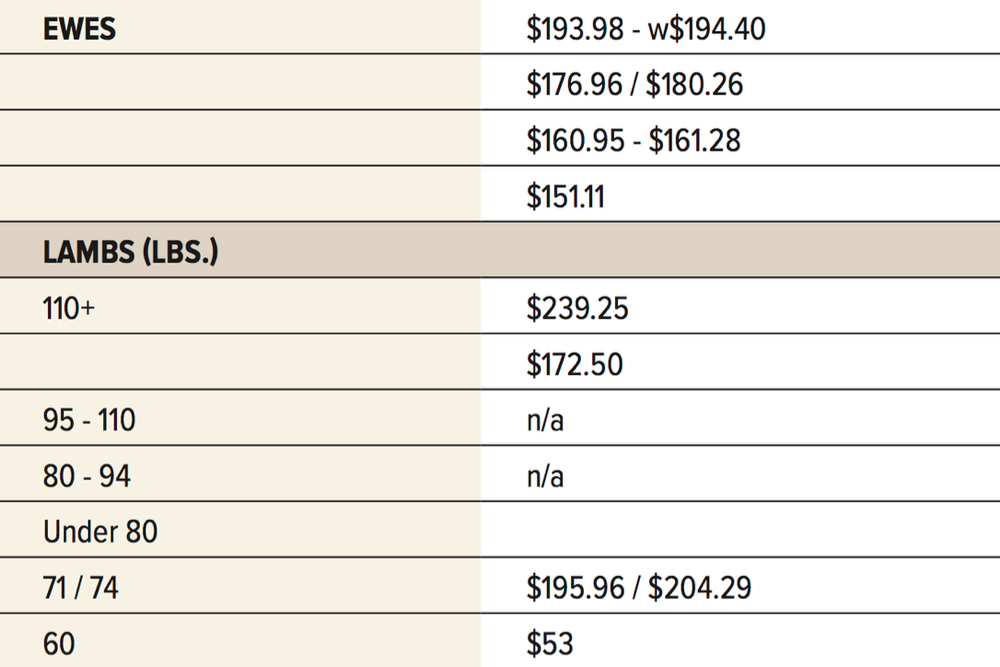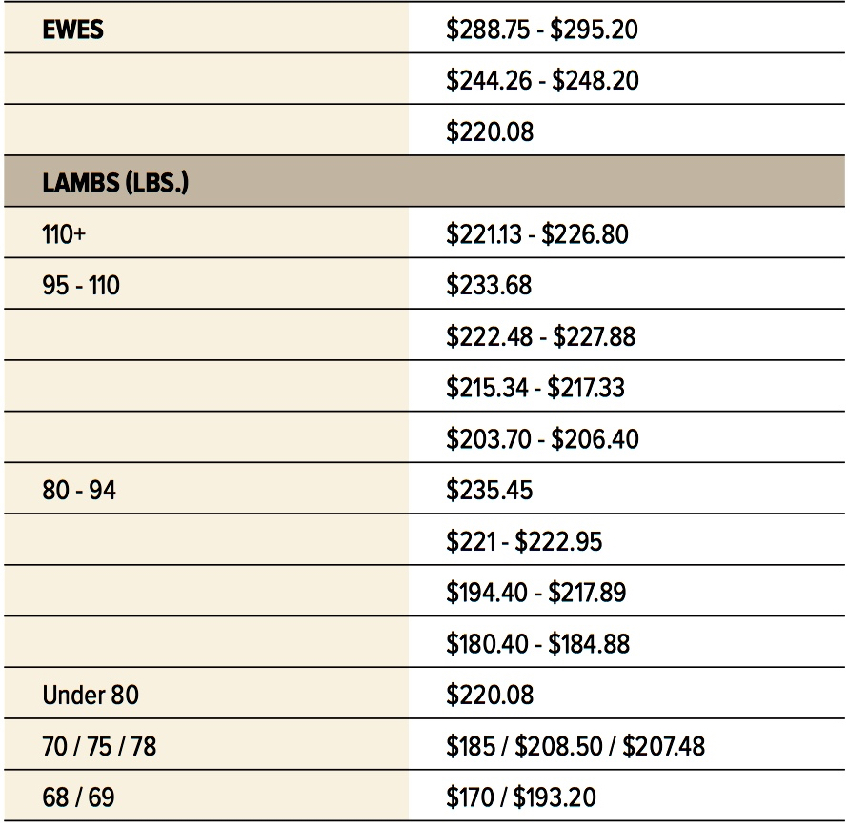The goat market is booming in Manitoba and now a streamlined approval process for an effective liver fluke medication promises to put one of the industry’s biggest headaches behind it.
“Supply cannot keep up with demand,” said Bill Paulishyn, president of the Manitoba Goat Association, “but the downside is that this liver fluke infestation is just wiping us out.”
That’s not hyperbole, said Paulishyn, who raises goats near Anola.
Liver flukes, a parasite with a complex, multi-year life cycle that passes through deer and freshwater snails, has cost him $11,000 worth of breeding bucks, nannies, and kids goats in recent years, reducing his herd to just 13 animals from 50.
Read Also
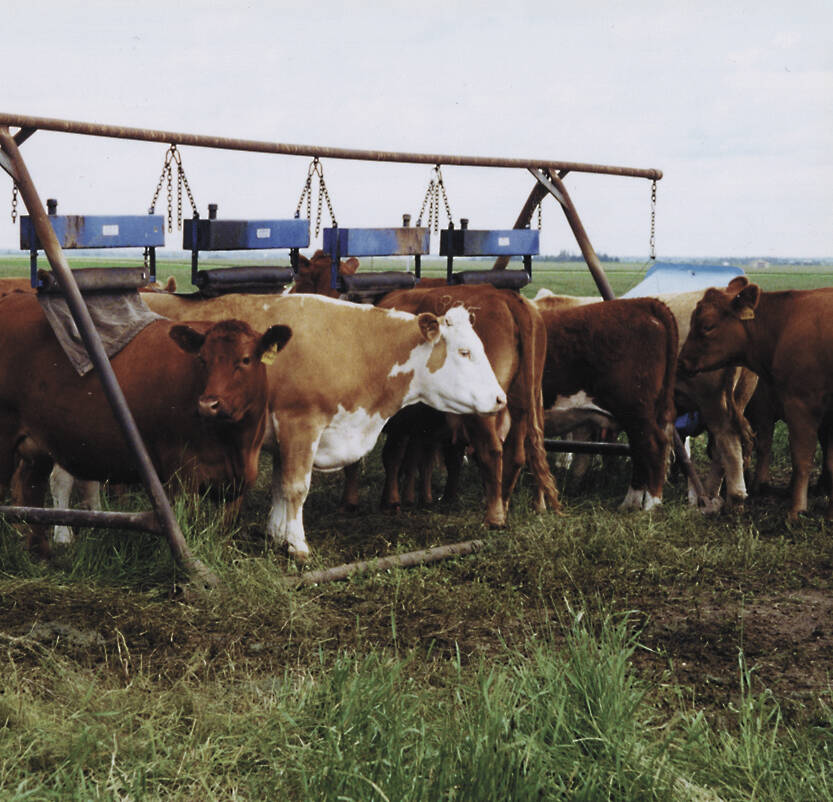
Shifting standards on cattle parasite control
Parasite product resistance has more farmers and veterinarians thinking differently about how to control issues like lice or worms.
The good news is that after over a year of pleading with government officials, he and the estimated 90 other goat producers in the provincial association managed to secure a streaml ined process for importing a liver fluke drench called Fasinex, which stops the parasites cold at all stages of their life cycle.
“I’ve got 13 does at home and they’re having kids now. Now I know that I can keep them alive,” he said.
The drug, already approved in seven countries including Ireland and South Africa, was previously only available via an expensive and slow process that ended up costing hundreds of dollars in regulatory fees.
“When you did get the emergency drug release form, it used to take four to six weeks, and then you had to buy it from the supplier, who wanted $230,” he said at the association’s informational booth at the Royal Manitoba Winter Fair.
“Meanwhile, you could buy it for $70 in Ireland, off the shelf.”
Previously, goat herds who went through the process and paid the money could not legally share the drug with their neighbours because permission was only granted for individual applicants.
Now, that Health Canada has streamlined the process, multiple names on the drug release form are now acceptable, and the four-to six-week waiting period has been slashed to next-day service.
A typical five-to six-centilitre oral dose is enough to treat one goat.
DEER HOSTS
Liver flukes, which typically attach themselves to the bile ducts in deer, seldom cause problems in their hosts. However, once they are ingested – typically via wet grass or sloughs where snails can be found – they may cause havoc with internal organs of sheep, alpacas, goats, llamas, bison, and cattle.
In larger ruminants, they may not kill the animal, but secondary infections may lead to “poor doers” and condemned livers at the slaughterhouse.
Infected animals may show no symptoms for months, then die suddenly in early winter due to massive internal bleeding.
Paulishyn said he suspects the liver fluke problem, which first appeared in eastern Manitoba about three to four years ago, came from Minnesota, where the whitetail deer population is exploding.
“In some areas there, they have said to the farmers there that we don’t give a damn what time of the year it is, you can shoot any deer you see,” he said.
In some parts of Manitoba, he added, especially near urban areas, restrictions on hunting have sent deer populations soaring and that could be what’s behind the burgeoning liver fluke problem.
On the plus side, the demand for chevon in Ontario and Alberta is strong. Breeding animals are currently selling north of $200 each, and butcher goats bring $1.65 to $2 per pound on the hoof.
There are about 13,000 goats in Manitoba, with plenty of room for further expansion, said Paulishyn.
Every Tuesday morning, 10 to 15 goats are slaughtered by a halal butcher at a provincially inspected plant in Carman, then shipped to a store in Winnipeg the following day.
“On Thursday, you go in to the retailer and there’s nothing left,” he said.
daniel. [email protected]
———
“I’vegot13doesathomeandthey’rehavingkids now.NowIknowthatIcankeepthemalive.”
– BILL PAULISHYN


